The Middle East stands at an inflection point. What began as Vision 2030’s ambitious reform agenda has evolved into a fundamental restructuring of how business operates across the region. Environmental, Social, and Governance (ESG) principles are no longer peripheral considerations, they have become the primary currency of capital allocation, competitive advantage, and long term viability.
The numbers tell a compelling story. MENA’s sustainable finance market exploded to $46.4 billion in 2024, up from $32 billion just one year prior, with projections suggesting the region will surpass $50 billion annually in the near term. This isn’t merely growth; it’s a complete recalibration of how investors, governments, and corporations define value creation in an increasingly interconnected global economy (Sustainable Investing in the GCC,2024; Sukuk and Green Bond Issuances 2024, Arab News).
The Saudi Catalyst: Vision 2030’s ESG Imperative
The Kingdom of Saudi Arabia (KSA) transformation is the region’s north star. The Kingdom’s Vision 2030 to produce 50% of its electricity using renewables is more than a green pledge; it is a strategic repositioning that has unlocked over $250 billion in pledged investment in renewables, green hydrogen, and mega-projects such as NEOM. The Public Investment Fund’s investment in sustainable infrastructure, such as the world’s biggest green hydrogen facility, sends a signal to international capital markets that ESG compliance is necessary for accessing Middle Eastern growth prospects (Vision 2030 Renewable Energy: Opportunity in Saudi Arabia for Startups, 7startup.vc)
Source: PwC’s 2022 Middle East Report
However, the situation on the ground presents a different scenario. Before 2022, KSA did not possess the institutionalized ESG data gathering framework.While global markets such as the EU,Canada and Australia had made notable progress in institutionalising sustainability reporting, challenges around data completeness, cross functional alignment and standardisation remained widespread, even in developed countries.Businesses operated in an environment where performance benchmarking across industries was almost impossible because of varying reporting practices. This void made it necessary to craft exhaustive, industry specific frameworks in certain instances going as far as 550 data points to establish effective baselines for measuring performance.
The KSA Capital Market Authority’s regulatory mandate for ESG disclosures in IPO and annual reports has established a framework of transparency that’s driving changes in business conduct across industries. Those companies which previously had limited external oversight now have to compete on the level of environmental footprint, social responsibility, and governance caliber directly related metrics that drive their capacity to raise both domestic and foreign capital.
The ripple effects are quantifiable. KSA companies that are ESG compliant saw foreign direct investment grow 20% in 2024, and expectations already see more than $50 billion of ESG-aligned FDI coming into the country in 2025. This Isn’t correlation it’s causation, fueled by institutional investors who increasingly see ESG compliance as a core risk management strategy(ESG Reporting Requirements in 2025,Insights KSA).
The Green Finance Revolution: Sukuk and Beyond
The region’s financial innovation around sustainable investing represents perhaps the most significant development in Islamic finance since its modern inception. Green sukuk and sustainability linked bonds have provided Sharia compliant pathways for responsible investing, addressing a critical gap in the market.
More than half of the sustainable bond transactions in the region currently take place in KSA and the United Arab Emirates, setting the standard for products that other markets are quickly following. This financial architecture is significant because it addresses a basic issue: how to allocate the region’s sizable capital reserves towards sustainable development while adhering to Islamic law.
These instruments’ success, as shown by their high secondary market performance and oversubscription rates, has produced a positive feedback loop that lowers the cost of sustainable capital and attracts new issuers to the market. Retail investors are also affected on a larger scale. Green ETFs and sukuk are two examples of ESG-linked financial products that are democratising access to sustainable investing and enabling individual investors to take part in the region’s change while possibly earning higher risk-adjusted returns.(Marmore MENA, The Uptick in MENA Eurobond Issuances: A Sign of Things to Come,2024).
Social, Sustainability & Green Bond Issuances FY2015–FY2020 (USD)
Source: MSCI
Regulatory Architecture: Navigating Shifting Standards
One important milestone in standardising sustainability reporting in the GCC is the adoption of 29 Unified ESG Disclosure Metrics by the stock exchanges. Currently optional, these criteria facilitate cross-border, sector wide comparisons of company ESG performance and are in line with the UN Sustainable Development Goals (SDGs). For institutional investors who need consistent data to guide their capital allocation decisions, this harmonisation is essential. The worldwide regulatory landscape is still dynamic, nevertheless.
For regional businesses hoping to conform to international best practices, evolving frameworks like the EU’s Corporate Sustainability Reporting Directive (CSRD) and programs like the Science Based Targets initiative (SBTi) continue to modify expectations, causing some ambiguity. In spite of this, local markets are incorporated into global sustainable finance flows through the promotion of a common ESG language by regional exchanges(Gulf Exchanges Committee, GCC ESG Disclosure Metrics Announcement, January 2023).
Companies are increasingly adopting international reporting standards like GRI (Global Reporting Initiative) and SASB (Sustainability Accounting Standards Board). Research shows that about 80% of companies using GRI reporting experience improved stakeholder trust, an essential advantage in the region’s relationship driven markets.
The Realities of Investments: Going Beyond Compliance
ESG has undergone a significant change from being a compliance necessity to a value driver. ESG scores and corporate valuations have been shown to positively correlate in academic studies, indicating that sustainability generates quantifiable economic value through increased efficiency, decreased regulatory risk, improved access to financing, and strengthened stakeholder connections. The quality and structure of the data continue to be the key obstacles. Inadequate training on appropriate collection and formalisation is a problem for businesses, which impedes decision-making and reporting. Value chains are affected by this issue; advanced internal systems are useless if suppliers in developing nations are not as capable. Transparency is preferred over perfect optics in the most successful strategy. Businesses that disclose setbacks in addition to achievements gain the trust of stakeholders more than those that fabricate stories. This is especially crucial as markets expand and investors acquire more advanced assessment skills.
Barriers to processing ESG strategy
Source: PwC’s 2022 Middle East Report
The Path Forward: Strategic Imperatives
ESG adoption in MENA has moved beyond experimentation. Regional competition for global capital and economic diversification have made ESG compliance prerequisite for sustainable business success.
For companies entering ESG initiatives, perfection should not become the enemy of progress. Organizations waiting for complete data sets risk missing stakeholder opportunities. Instead, advance with imperfect data while building iterative improvement processes.
ESG leadership demands cross functional coordination. Chief Sustainability Officers must work across HR, supply chain, procurement, compliance, and operations bridging functional silos while developing external partnerships for supply chain complexities.
Regional context matters. Local employment policies, including KSA’s nationalization initiatives, align with social ESG objectives while serving economic development. Companies understanding these connections develop sustainability strategies complementing national priorities.
Skills gaps remain significant. Organizations need structured ESG data training programs building internal capabilities while leveraging external expertise more effective than attempting to build all capabilities in-house. Evolving regulatory landscapes require adaptive compliance approaches. Companies building forward looking ESG frameworks that adjust to evolving requirements. ESG frameworks adjust to changing requirements while maintaining consistency in core commitments.
By going beyond self reported disclosures, Axial developed sector specific benchmarks enabling consistent company comparisons. This initiative was informed by an in depth review of sustainability reports across 5 key industries, Oil and Gas Manufacturing, Services, Banking & Finance and Construction, where we encountered data security, inconsistency and sector specific variability. These challenges prompted a more systematic approach to ESG data collection and performance evaluation, resulting in the development of tailored performance rating benchmarks aligned with each sector’s unique priorities. This enhances transparency and empowers firms particularly in oil and gas to identify gaps and align with international standards. With clearer data, companies make informed decarbonization decisions. Better data enables better decisions and the foundation for climate positive impact.
The $50 billion transformation represents a fundamental shift in regional value creation. Organizations mastering global regional balance will build resilient, competitive business models.
Sources
- Funding Souq, Sustainable Investing in the GCC (2024)
- Arab News, MENA Green Bonds and ESG Finance (2024)
- Marmore MENA, The Uptick in MENA Eurobond Issuances: A Sign of Things to Come (2024)
- VC, Vision 2030 Renewable Energy: Opportunities in Saudi Arabia for Startups
- HolbornPass, How the Saudi Vision 2030 is Shaping the Investment Landscape
- Insights KSA, ESG Reporting Requirements in 2025
- Gulf Exchanges Committee, GCC ESG Disclosure Metrics Announcement, January (2023)
- Saudi Exchange and GCC Exchanges Committee, Unified ESG Metrics for GCC Listed Companies, January (2023)
- World Economic Forum, Prioritizing Sustainability in MENA (2024)
- Global Reporting Initiative (GRI), GRI Standards and Research
- PwC, ESG Middle East Survey Report (2024)
Authors

Musa Khan Durrani, CFA
Partner

Nida Naguib, CFA, ACCA
Director | Head of Delivery

Umama Alamgir
Junior Consultant | Content Development


Leave a Comment